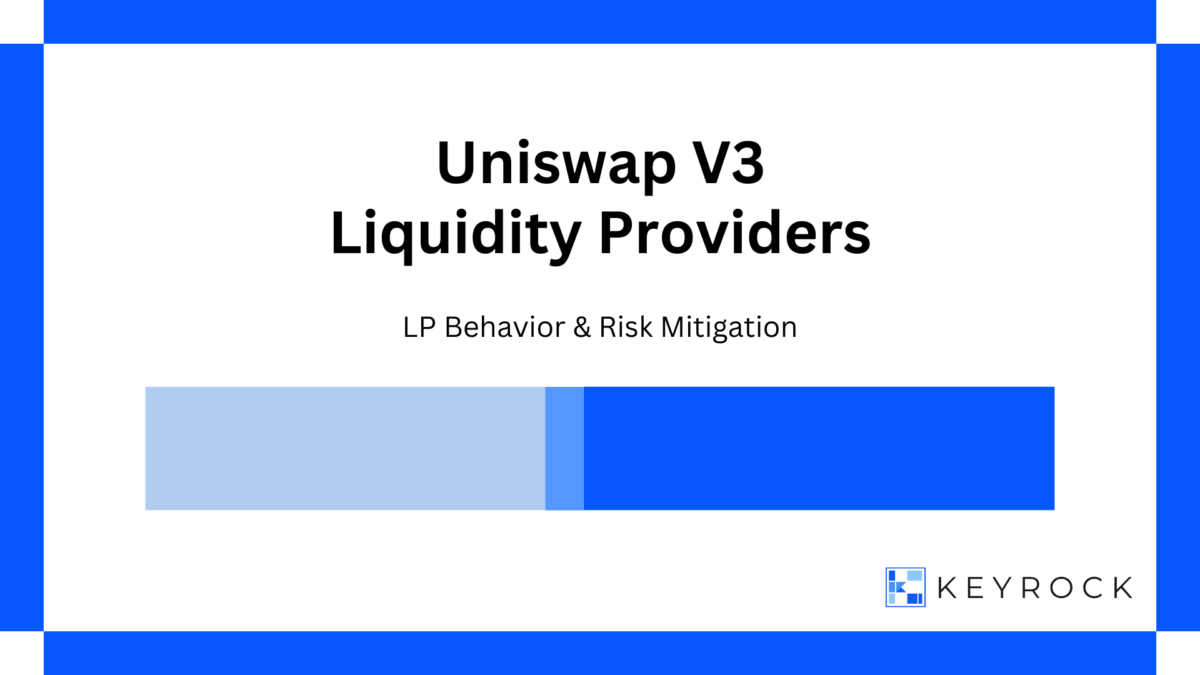As is common for stablecoin pairs, most of the LPs in the DAI/USDC pools choose the 0.01% and 0.05% fee tiers. This is because the volatility of these assets is low, by design, and most of the market participants will look to trade as close to 1:1 as possible and expect to pay lower fees.
DAI/USDC and USDC/USDT “Lower Fee” = 0.01%
DAI/USDC and USDC/USDT “Higher fee” = 0.05%
There is ~$171.2MM in total liquidity locked across both pools, with a majority of it — 36.6% ($62.52MM) — in the higher fee tier. The remaining 63.6% of that liquidity ($108.7MM) is in the lower fee tier.
These funds are provided by ~770 individual LPs across the two DAI/USDC pools. 43.9% of wallets are providing liquidity to just the lower fee pool. 52.2% of wallets are providing liquidity to the higher fee pool. The remaining 3.9% of wallets (82) are LPing to both pools.
A quick analysis of the 3.5% of wallets that are providing liquidity to both pools does not suggest an intentional and sophisticated strategy to maximize fee rewards. A notable number of these wallets are not consciously choosing to switch between pools, but are rather providing liquidity through an automated service, which is reallocating their liquidity behind the scenes.
Stable-Stable Takeaways
The breakdown of USDC/DAI liquidity across both fee pools reflects the mindset of large vs. small LPs. Within the lower fee pool (0.01%), we see fewer LPs but higher average wallet liquidity. The higher-fee, higher-risk pool reflects the mindset of smaller LPs. These LPs are accepting a higher risk profile to make up for their smaller average positions with the higher fee pool (0.05%).
With lower fees for stable pools, on the other hand, large LPs are comfortable reaping a smaller fee percentage for less risk in their position, allowing their large LP positions to still make a considerable return without the pressure of managing their position actively. To validate these conclusions, we also observed the USDC/USDT token pair across the same fee rates: 0.01% and 0.05%. Our conclusions were upheld, and the behavior of LPs in the USDC/USDT pool match that of LPs in the DAI/USDC pools.






